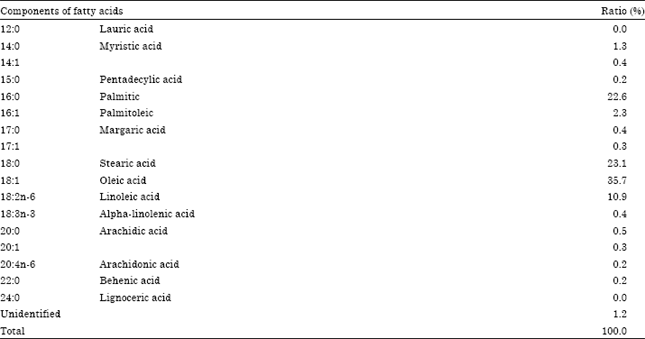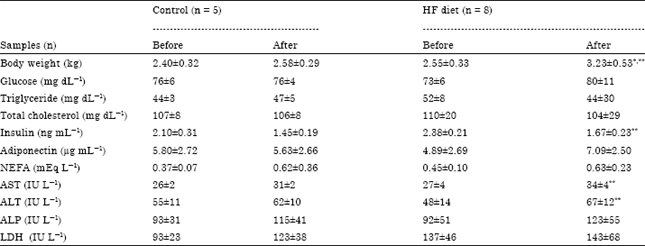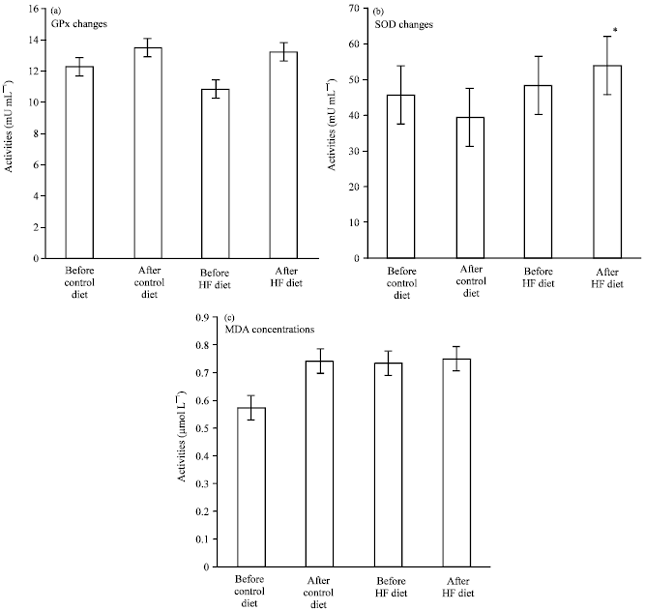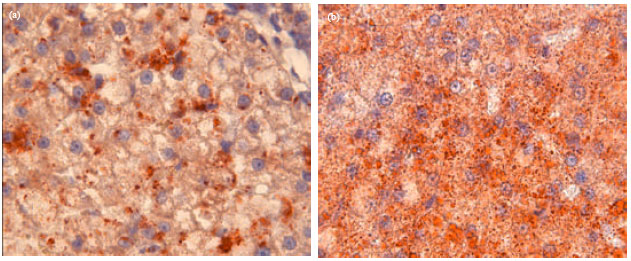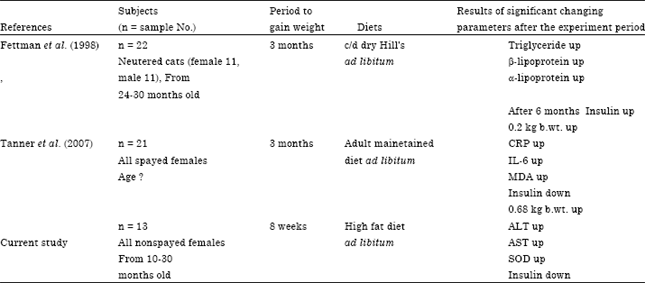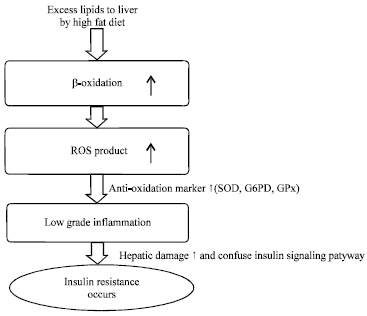Research Article
Lipotoxicity Observed at the Early Phase of Obesity in Cats Fed on High-fat Diet
Department of Veterinary Biochemistry, School of Veterinary Medicine, Nippon Veterinary and Life Science University, 1-7-1 Kyonancho, Musashino, Tokyo 180-8602, Japan
Gebin Li
Department of Veterinary Biochemistry, School of Veterinary Medicine, Nippon Veterinary and Life Science University, 1-7-1 Kyonancho, Musashino, Tokyo 180-8602, Japan
Megumi Fujiwara
Department of Veterinary Biochemistry, School of Veterinary Medicine, Nippon Veterinary and Life Science University, 1-7-1 Kyonancho, Musashino, Tokyo 180-8602, Japan
Shingo Ishikawa
Department of Veterinary Biochemistry, School of Veterinary Medicine, Nippon Veterinary and Life Science University, 1-7-1 Kyonancho, Musashino, Tokyo 180-8602, Japan
Koh Kawasumi
Department of Veterinary Biochemistry, School of Veterinary Medicine, Nippon Veterinary and Life Science University, 1-7-1 Kyonancho, Musashino, Tokyo 180-8602, Japan
Ichiro Yamamoto
Department of Veterinary Biochemistry, School of Veterinary Medicine, Nippon Veterinary and Life Science University, 1-7-1 Kyonancho, Musashino, Tokyo 180-8602, Japan
Toshiro Arai
Department of Veterinary Biochemistry, School of Veterinary Medicine, Nippon Veterinary and Life Science University, 1-7-1 Kyonancho, Musashino, Tokyo 180-8602, Japan









